Stash
| Originally Performed By | Phish |
| Appears On |
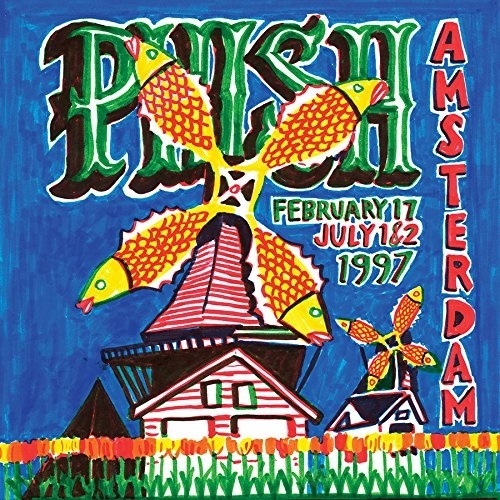


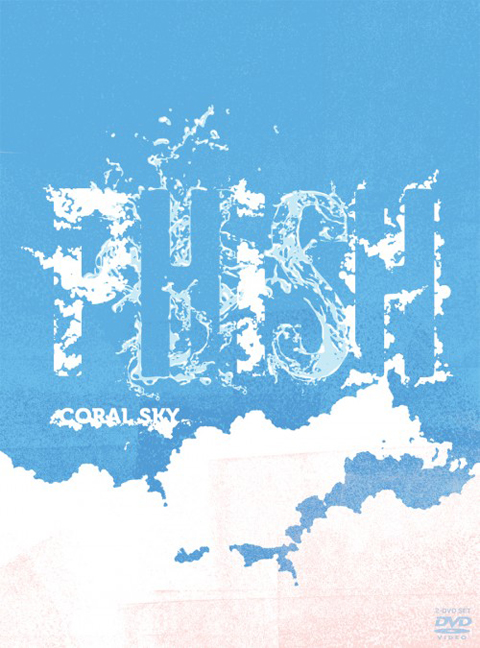


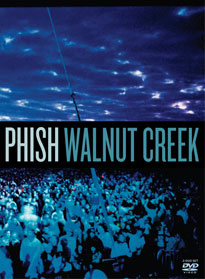
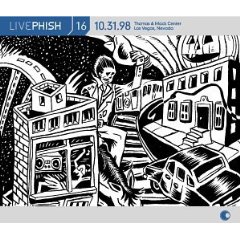
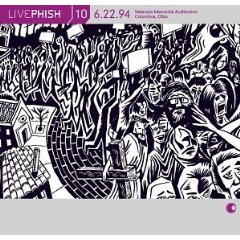
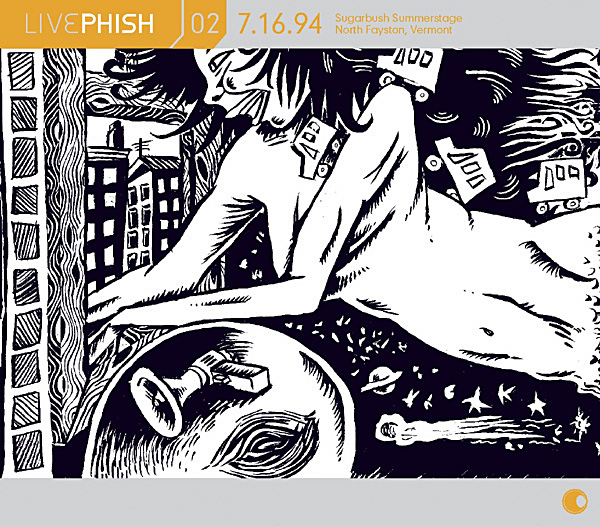
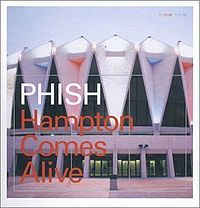
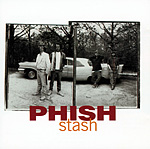
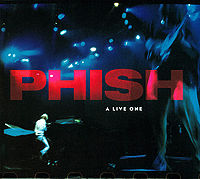
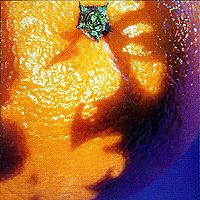
|
| Music/Lyrics | Anastasio, Marshall |
| Vocals | Trey |
| Historian | Jeff Goldberg (Jeff_Goldberg), Martin Acaster (Doctor_Smarty) |
| Last Update | 2016-03-12 |
History
In the late 1980's, Phish was but a mere sapling compared to what the band is today. This unique era of Phish’s musical development, where the band members, still relatively young, were riding a wave into stardom unfathomable at the time, was however in many ways a pinnacle in Phish’s maturity as a band. Although one never ceases to learn and advance musically, the band members were still very much music students themselves, engaging in group exercises such as a cappella vocal lessons and frequent jazz jam sessions.
"Stash" – 12/30/94, New York, NYAt the time “Stash” was written, Trey was listening to many of the jazz greats of the mid-20th century. The Benny Goodman Quintet with Charlie Christian, Miles Davis, John Coltrane, and Charles Mingus all found their way into the still-growing list of Trey’s influences. Trey was also exploring new ways of musical communication through study of theory-based concepts such as tension and release – the bare-bones foundation for Western harmony. Trey wrote several new songs during the early months of 1990, many of which would debut at New York's Wetlands Preserve on 9/13/90 that would form the basis of Phish’s next studio release, A Picture of Nectar.
Jazz is fundamentally based upon what is called a “ii-V7-I” progression, which is vocally pronounced “two-five-one.” Many of Benny Goodman’s songs took advantage of the tension created by going from the fifth degree of a key back to the root note, or “home base.” It was simply a reinterpretation of the same music theory and harmony that Mozart and Bach used to write their symphonies, applied in a modern context.
"Stash" – 6/22/97, Koblenz, GermanyTrey has admitted openly that “Stash’s” chord progression is a direct rip-off of Charles Mingus’ “Jump Monk,” with a simple key change and a slinky calypso drum beat underneath. “Jump Monk,” which Phish has covered, was written as a tribute to jazz pianist and composer Thelonious Monk. The title apparently came from the fact that Monk was always jumping and dancing around. “Jump Monk” is a i-bVI7-iiø-V7b9 (which is pronounced “minor one-flat six-two-five”) progression in the key of F minor, and is usually played with a standard swing beat. “Stash” is a i-bVI7-iiø-V7b9 in the key of D minor, and as noted, uses a slowed down calypso beat instead.
Lyrically, the song is nonsensical. It is comprised of several of Tom Marshall’s poems. Trey simply compiled little lines out of each poem (a common trend for many of the songs on Nectar, as vocals were not their focus at the time.) Musically, however, “Stash” is ingenious. Phish took the concepts that Goodman and Mingus were known for and made itself known for the very same phenomenon, only taken to an entirely new level. Instead of using the tension and release within the chord progression – expressed solely through lines and runs – Phish improvises over the “tension chord” (a.k.a. the “five” or “dominant”) for extended amounts of time, integrating several other theoretical tactics to increase the tension harmonically. The end result is an orgasmic release at the end of the jam, creating a universal blast of energy amongst the musicians and audience alike.
"Stash" – 9/23/00, Rosemont, ILAnother source of inspiration for “Stash” was a book written by Ted Dunbar that Trey was studying at the time, A System of Tonal Convergence for Improvisors, Composers, And Arrangers. The book was all about different ways to take advantage of the tense sound created when playing two tones that are an interval of a tritone (three whole steps on the chromatic scale) away from each other. The human ear that is trained to hear music in a “Western” way does not “like” the sound of a tritone. Tritones are unsettled and dissonant, and their intervals cause tension for the listener. Literally, they are an augmented fourth (or a diminished fifth, depending on how you look at it) and you ear wants the interval to resolve. Due to the nature of the half and whole step relationships of Western music, a tritone can resolve to two different keys.
Several Phish songs still to this day rely heavily on this tension and release concept: “Split Open and Melt,” “Run Like an Antelope,” “David Bowie,” and even “Mike’s Song” all at least flirt with the concept during their jams. Trey capitalizes on this by engaging the audience in a musical journey where he is at the driver’s seat, and he leads us into the unknown. “Stash” stands out among Phish’s vast repertoire as the “grandfather” of tension/release jams, and thus the 7/8/94 Great Woods version was appropriately chosen to represent this facet of Phish’s live jamming on their 1995 compilation release, A Live One.
"Stash" – 7/14/13, New York, NY. Video © Phish.The origins and musical structure of “Stash” are ideal vehicles for extended, interesting, yet varied jams, and thus it is almost universally adored amongst most fans. Every version encapsulates the tension/release jam that is so very… Phish. Naturally, a carefully curated exploration of the song’s evolution over time will reveal how the band itself changed. Early versions to check out include 11/20/92 Albany; Northwest (3/30/93 Eugene, 4/3/93 Vancouver, and 4/5/93 Seattle) and Northeast (5/5/93 Albany and 5/8/93 Durham) springers; and the insane heat of August ‘93 (8/11/93 Grand Rapids, 8/15/93 Louisville, and 8/21/93 Salt Lake City). You can hear the A Live One tension build via 4/16/94 Amherst, 5/19/94 Eugene, 6/16/94 Minneapolis, 6/19/94 Kalamazoo, and release through 7/10/94 SPAC, 11/16/94 Ann Arbor, and 11/20/94 Madison.
The deep dark madness of ‘95 is best reflected by the angle of the dangle of 6/15/95 Atlanta, 6/17/95 Bristow, 10/14/95 Austin, and the must-hear monster suite of 11/14/95 Orlando. While grooves (7/2/97 Amsterdam, 11/23/97 Winston Salem, and 12/30/97 MSG) and ambience (4/2/98 Uniondale and 9/9/99 Vancouver) characterize the late stages of the pre-hiatal period; effects laden space (12/31/03 Miami) and multi-dimensional textures (8/14/04 Coventry) dominate the band’s post-hiatal ordeals. Upon their return from the darkness, new school Phish has taken “Stash” back to its old school tension and release roots. Check out 7/30/09 Red Rocks for the longest and 7/14/13 MPP for the strongest bulbs of solar garlic from this crop, then hit 8/12/15 Mann and 8/23/15 Magnaball for some more recent takes that also did not rot.
”Stash” – 8/12/15, Philadelphia, PA. Video by LazyLightning55a.

 The Mockingbird Foundation
The Mockingbird Foundation